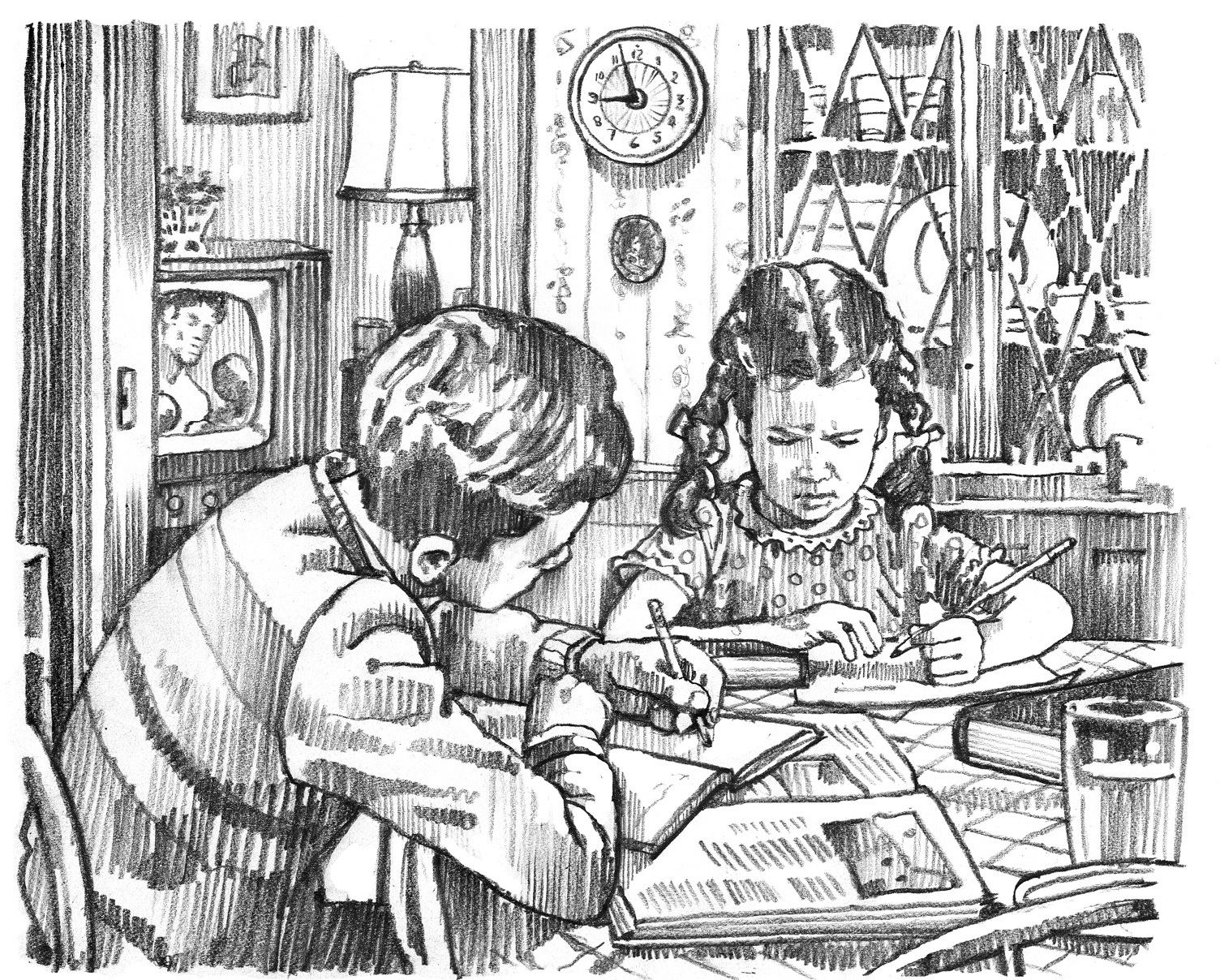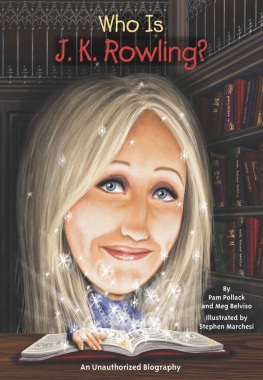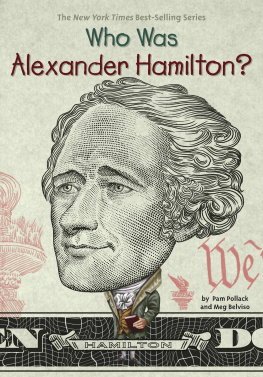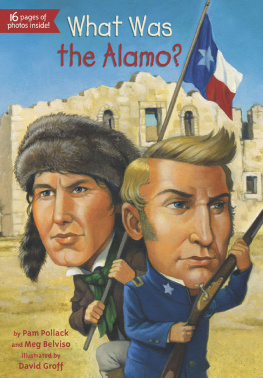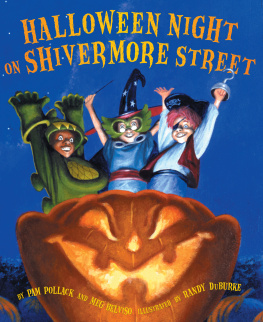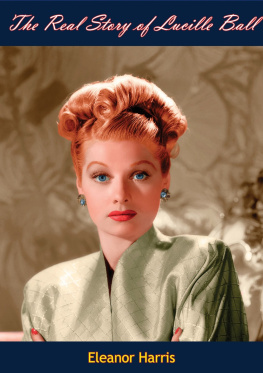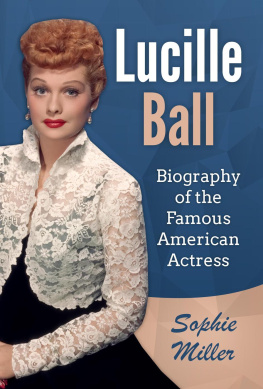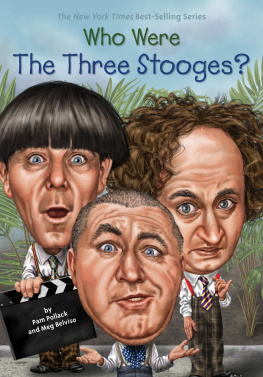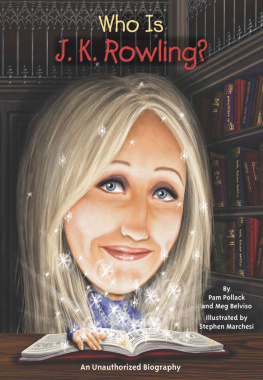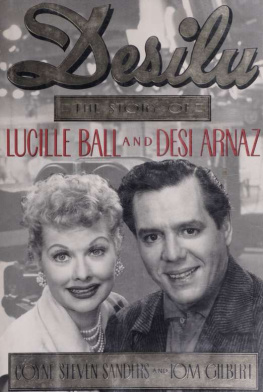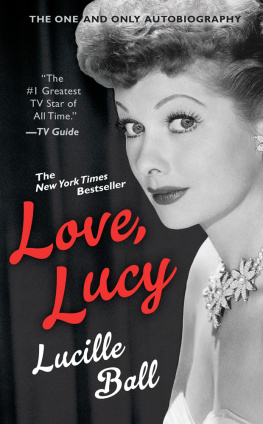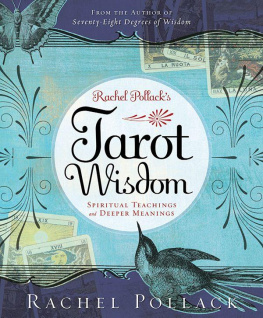Perfect PerlesWendy Perle Van Deusen and Juliet Perle Van DeusenPP
To Sunflower and Marigold, a couple of red-headed screwballsMB
GROSSET & DUNLAP
Penguin Young Readers Group
An Imprint of Penguin Random House LLC
If you purchased this book without a cover, you should be aware that this book is stolen property. It was reported as unsold and destroyed to the publisher, and neither the author nor the publisher has received any payment for this stripped book.
Penguin supports copyright. Copyright fuels creativity, encourages diverse voices, promotes free speech, and creates a vibrant culture. Thank you for buying an authorized edition of this book and for complying with copyright laws by not reproducing, scanning, or distributing any part of it in any form without permission. You are supporting writers and allowing Penguin to continue to publish books for every reader.
The publisher does not have any control over and does not assume any responsibility for author or third-party websites or their content.
Text copyright 2017 by Pam Pollack and Meg Belviso. Illustrations copyright 2017 by Penguin Random House LLC. All rights reserved. Published by Grosset & Dunlap, an imprint of Penguin Random House LLC, 345 Hudson Street, New York, New York 10014. The WHO HQ colophon and GROSSET & DUNLAP are trademarks of Penguin Random House LLC. Printed in the USA.
Library of Congress Cataloging-in-Publication Data is available.
ISBN 9780448483030 (paperback)
ISBN 9780451533630 (library binding)
ISBN 9780515158618 (ebook)
Version_1
Contents
Who Was Lucille Ball?
In the spring of 1952, cities across America experienced a mysterious drop in the water pressure every week between 9:30 and 9:35 p.m. In New York City, it seemed impossible to get a taxi on a Monday night. All the cabbies were off duty. And in Chicago, a department store changed its business hours because it seemed like no one was shopping on Monday nights anymore.
What was going on?
It turned out that it was all related to a TV show! A half-hour comedy.
On Monday nights, Americans from coast to coast rushed through their dinner. Kids finished their homework as fast as they could.
By nine oclock everyone gathered in front of their televisions. And waited. In the 1950s, TVs took a while to warm up. Finally a big heart appeared against a satin background. The theme song of I Love Lucy began, and America was watching. It turned out that the viewers across the country were all waiting for the show to be over before using the bathroom. Toilets all flushing at the same time had caused the water pressure to drop throughout one city! No one wanted to miss a minute of Lucy.
Lucille Ball, the star of the show, was the most beloved woman on television. Whatever trouble she was in, Lucy could make it seem like the funniest thing anyone had ever seen. All over the country, people couldnt stop laughing.
How did Lucille Ball become one of Americas first big TV stars? It wasnt easy. She worked for years in Hollywood, making movies before she got a chance to show TV viewers how funny she could be. But she wasnt afraid of hard work. And she wasnt afraid to take a pie in the face or fill her pockets with eggs or her mouth with chocolates, all to make people laugh. I Love Lucy was the name of her show, and how could you not?
CHAPTER 1
Lucyball
Lucille Desiree Ball was born in Jamestown, New York, on August 6, 1911. Although she always preferred Lucille, her family nicknamed her Lucyball, and the world came to know and love her as Lucy. Her father, Henry, worked for Bell Telephone, putting up phone lines all over the country, so he, Lucy, and Lucys mother, Desiree, moved around a lot.
When Lucy was three and her mother was pregnant, Henry died of typhoid fever. Lucy and her mother, who was known as DeDe, moved in with DeDes parents, Frederick and Florabelle Hunt. The family lived in Celoron, New York, not far from Jamestown. There, Lucys brother, Fred Ball, was born in 1915. Other relatives came to live at the house in Celoron, too, including Lucys young cousin Cleo.
Grandpa Fred took Lucy to the theater to see the live vaudeville shows in Jamestown on Saturdays and to the silent flickers (movies) shown outside in the park during the summer months.
Vaudeville
From the 1880s through the 1930s, the most popular form of live entertainment in the United States was vaudeville. Each show was made up of many different performers. The stage acts might include singers, dancers, jugglers, acrobats, or even trained animals. Some of the most popular performers were also the funniest. Favorite comedians, like Buster Keaton and Charlie Chaplin, started out in vaudeville and went on to become stars of early movies.
Even though she was still very young, Lucy was a responsible girl. After her grandmother died, she looked after her younger cousins. From the time she was ten, she took any odd job she could find. She sold hot dogs at the local boardwalk, and she worked at an ice-cream shop until she was fired for always forgetting to put the banana in the banana split.
By the time she was a teenager, Lucy was very independent. She was the first girl in town to bobor cut shorther hair, which was very shocking in the early 1920s. She was a flapper a slang word for the rebellious young women who wore makeup and short skirts.
Lucy liked it when people in town talked about her. She loved the attention. What she really wanted was to be onstage like the performers in the vaudeville acts or in the flickers. There werent a lot of ways to become famous in Celoron. So Lucy started to think about where else she might follow her dream. New York City wasnt that far away. Many of the theaters in America were right there on Broadway.




